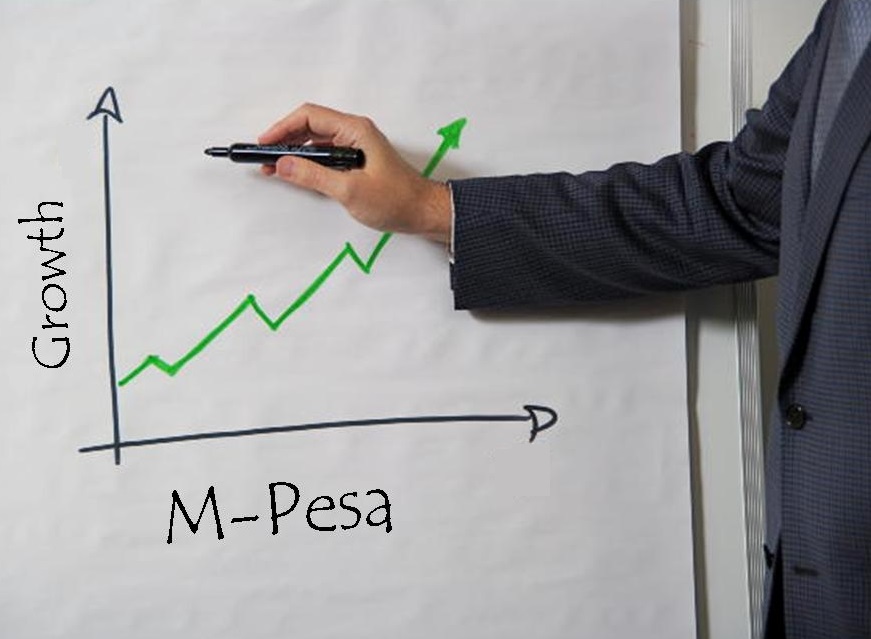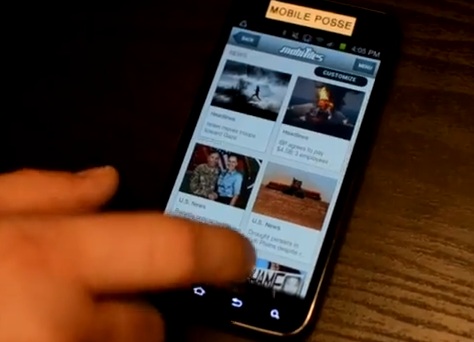It now supports real-time smartphone based transactions in a growing number of countries.
M-Pesa, the mobile payments platform that was created by Safaricom, has already been providing digital money systems in a number of different countries, particularly in Africa.
It set the standard for the industry in Kenya, since it was first created in 2007 and has a growing user base.
The strength of M-Pesa has come from providing mobile payments options to populations that have been primarily unbanked or under banked. Today, the company is providing these options to over 16 million people in Kenya so that they will have access to financial services on a basic level for the first time. It has also allowed the service to broaden quite rapidly into other marketplaces, such as India and Afghanistan.
A recent mobile payments news report has now announced a new upgraded platform for the service.
 The report was published in Business Daily in Kenya and stated that M-Pesa was upgrading the services that it is offering to a new mobile payments platform that will help to keep it a step ahead of many of the other providers who are setting sights on the same markets, as well as some of the leaders in both developed economies and emerging markets.
The report was published in Business Daily in Kenya and stated that M-Pesa was upgrading the services that it is offering to a new mobile payments platform that will help to keep it a step ahead of many of the other providers who are setting sights on the same markets, as well as some of the leaders in both developed economies and emerging markets.
The new and upgraded platform will provide expanded mobile payments processing capacity for the service and will allow users to be able to complete post paid utility bill transactions, as well as pay their insurance premiums, and complete other forms of transaction in real time.
The migration of the mobile payments service to the new platform is being handled by Huawei, the telecommunications provider from China. It has been estimated that the first phase will be completed before the end of 2013, and that the entire process will take a total of approximately 18 months.
Michael Joseph, a former CEO of Safaricom, explained that as well as mobile payments of bills, the new upgraded platform will also make it possible for the integration of M-Pesa with other types of vendors, including retail outlets. This will make it possible for in-store real time payments to take place at some point in the not too distant future.
The results of new Arbitron Mobile research show the technique drives app usage more than social media.
Mobile Posse has now released the results of a non-commissioned study that was conducted by Arbitron Mobile, which has revealed that the MobiTiles home screen messaging mobile marketing technique helps to boost app usage at a rate that is greater than that of Facebook, Gmail, Youtube, Instagram, and other social media.
The study involved considerable tracking of a large group of customers that use MobiTiles.
The mobile marketing research was conducted over a period of three months that ended in March 2013 and involved the tracking of approximately 3,000 consumers who were already using the MobiTiles from Mobile Posse. The service was used on a dozen various Android operating system models that were produced by many OEMs, including Samsung, Huwei, LG, and ZTE.
The research indicated that mobile marketing with the MobiTiles home screen messaging had a significant advantage.
 This third party study clearly indicated that mobile marketing through the home screen messaging platform from Mobile Posse was the leader in its ability to drive consumer engagement with smartphone and tablet apps, when compared to a long string of commonly used social media alternatives. The findings were especially surprising when compared to the results that were achieved by Facebook, which has also recently launched its own home screen messaging environment.
This third party study clearly indicated that mobile marketing through the home screen messaging platform from Mobile Posse was the leader in its ability to drive consumer engagement with smartphone and tablet apps, when compared to a long string of commonly used social media alternatives. The findings were especially surprising when compared to the results that were achieved by Facebook, which has also recently launched its own home screen messaging environment.
The Arbitron Mobile study also looked into the difference that home screen messaging can make for carriers, app developers, and handset manufacturers, as opposed to simply analyzing the impact on mobile marketing companies.
In terms of the data from this mobile marketing study, there was considerable advantage seen through the use of Mobile Posse as opposed to the next top performer, Facebook. Gmail came in third on the list. Mobile Posse averaged 88.1 sessions per month, with a monthly reach of 95.3 percent and an average of 152.1 minutes per month. Facebook averaged 73.8 sessions, with a monthly reach of 50.6 percent and an average of 215.6 minutes. Gmail saw a 44.2 percent average in sessions per month, with a monthly reach of 85.6 percent, and an average of 39.6 minutes.
 The report was published in Business Daily in Kenya and stated that M-Pesa was upgrading the services that it is offering to a new mobile payments platform that will help to keep it a step ahead of many of the other providers who are setting sights on the same markets, as well as some of the leaders in both developed economies and emerging markets.
The report was published in Business Daily in Kenya and stated that M-Pesa was upgrading the services that it is offering to a new mobile payments platform that will help to keep it a step ahead of many of the other providers who are setting sights on the same markets, as well as some of the leaders in both developed economies and emerging markets.
 This third party study clearly indicated that mobile marketing through the home screen messaging platform from Mobile Posse was the leader in its ability to drive consumer engagement with smartphone and tablet apps, when compared to a long string of commonly used social media alternatives. The findings were especially surprising when compared to the results that were achieved by Facebook, which has also recently launched its own home screen messaging environment.
This third party study clearly indicated that mobile marketing through the home screen messaging platform from Mobile Posse was the leader in its ability to drive consumer engagement with smartphone and tablet apps, when compared to a long string of commonly used social media alternatives. The findings were especially surprising when compared to the results that were achieved by Facebook, which has also recently launched its own home screen messaging environment.